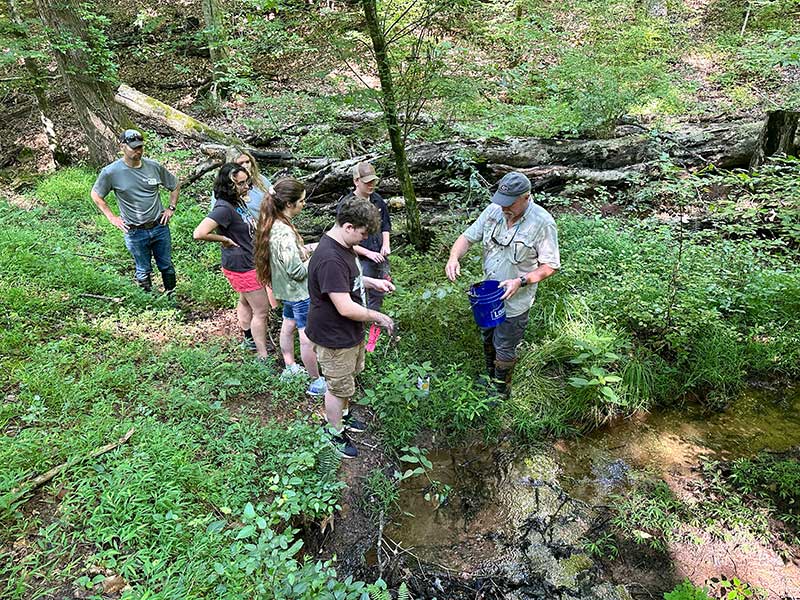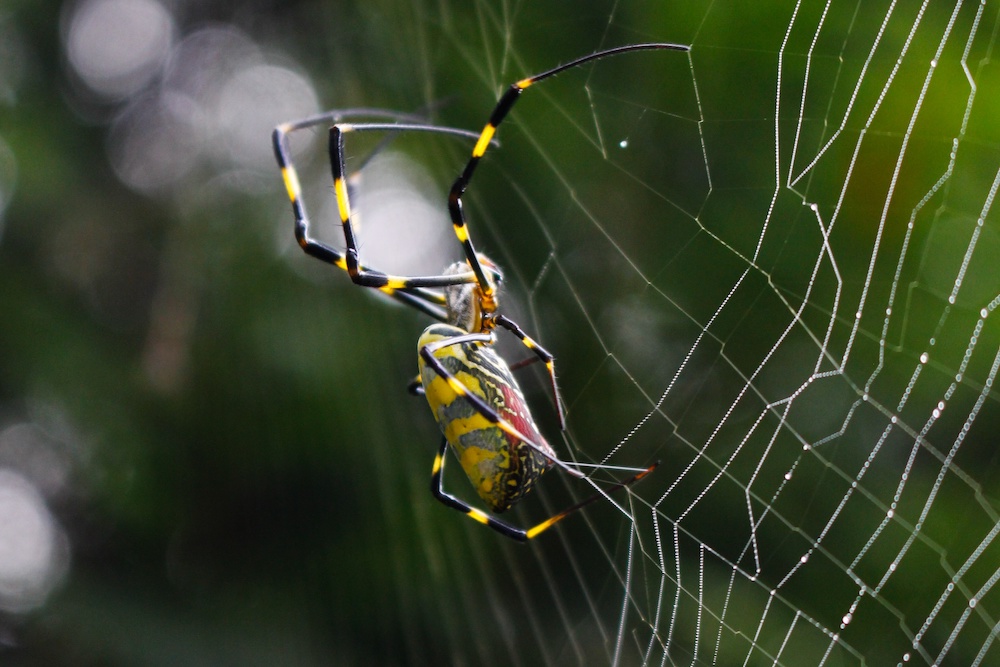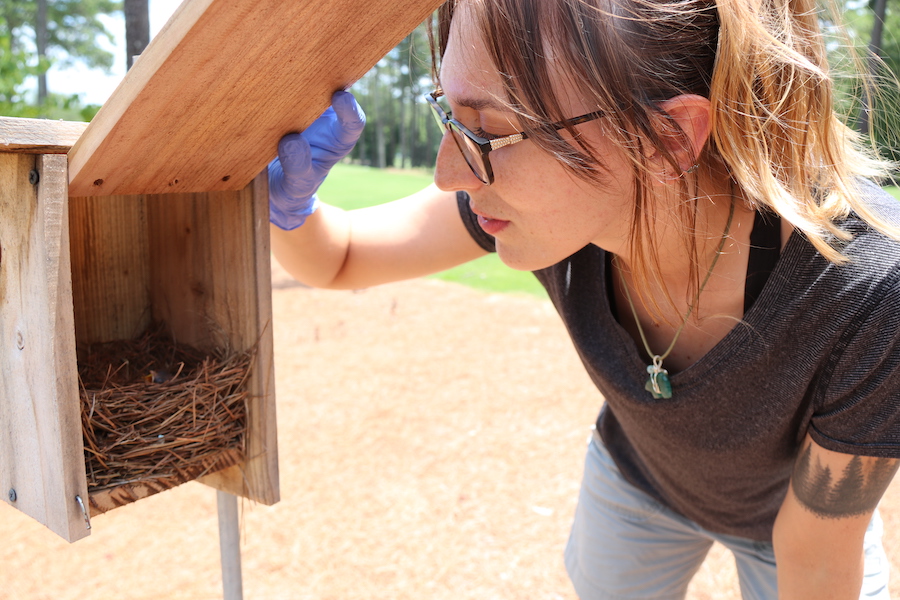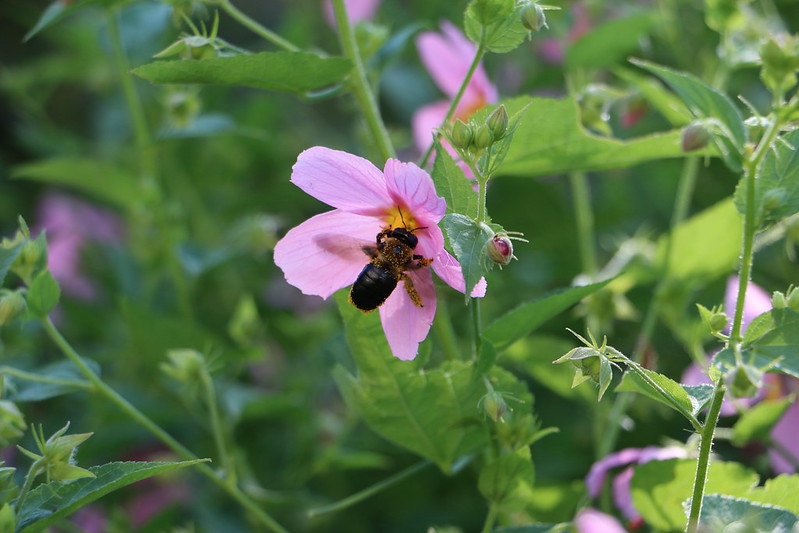One of the neat things I remember enjoying about springtime back home was the sound of martins. My daddy’s martin gourds and houses were the envy of the neighborhood. I believe even the most pessimistic people could be cheered up by the joyful chirping of those birds.
Martin houses are making a comeback
Not too long ago, every farmhouse had boxes, gourds or other houses to attract purple martins. Martin houses are not as common today as they once were. But increasing interest in the environment and nonchemical pest control has the martin regaining its popularity. In fact, more people provide housing today for the purple martin than for any other bird.
The martin is not a year-round Georgia resident. It winters in South America, arrives in south Georgia in early February, reaches north Georgia by mid-March or April and leaves in the fall. Older martins tend to return to their nesting areas. This means once a house is used, it probably will continue to be used. First-year martins looking for places to nest will eventually occupy new houses.
Martins make nests from twigs, weeds, dead leaves, coarse grasses and similar materials. The female lies three to eight, white eggs and incubates them for about 13 days. Both parents feed and care for the young. Young birds stay in the nest three to four weeks. Even after they leave the nest, young martins often return to the vicinity for a week to 10 days before their final departure.
Houses don't have to be made from gourds
Martins will nest in a variety of houses, including gourds. Traditionally, gourds hang from a pole with crossarms or from a wagon wheel mounted on a post. If you are not willing to prepare gourds for the martins, buy plastic gourds and duplicate the older-style houses. Or cluster jugs or manmade houses on wagon wheels or poles with crossarms.
Perhaps the most common accommodation for martins is the apartment house. Wooden or aluminum houses are available at hardware and feed and seed stores, or make your own from simple plans available at your local University of Georgia Cooperative Extension Office.





.jpeg)


